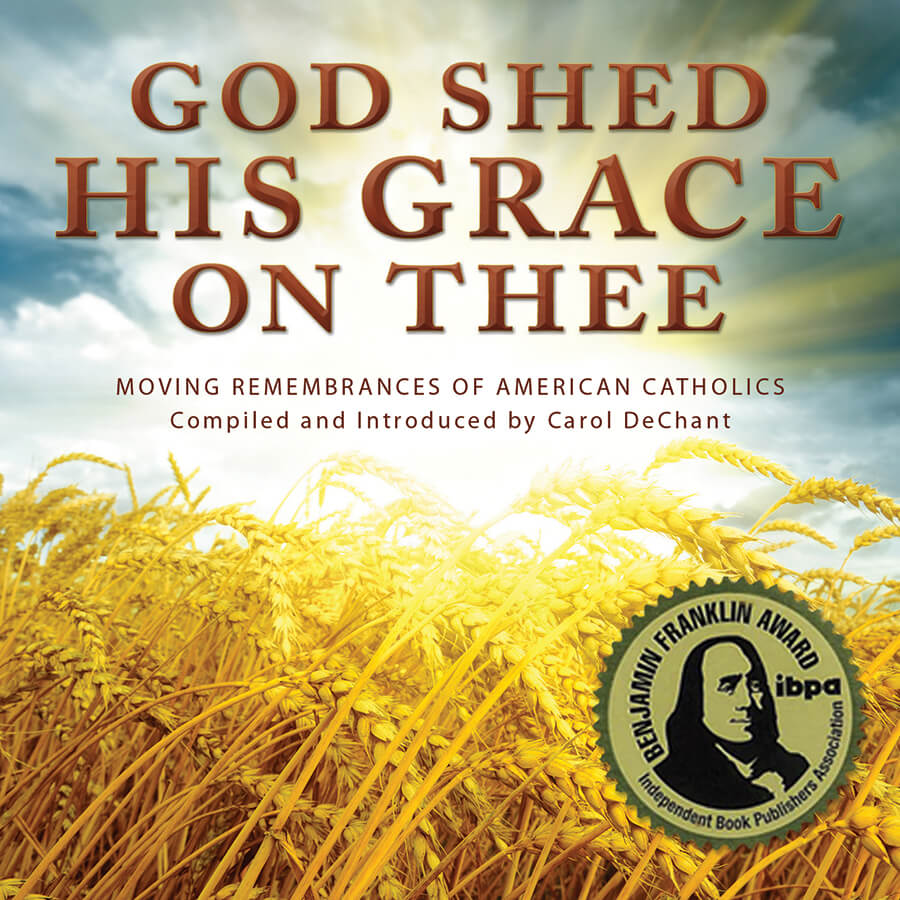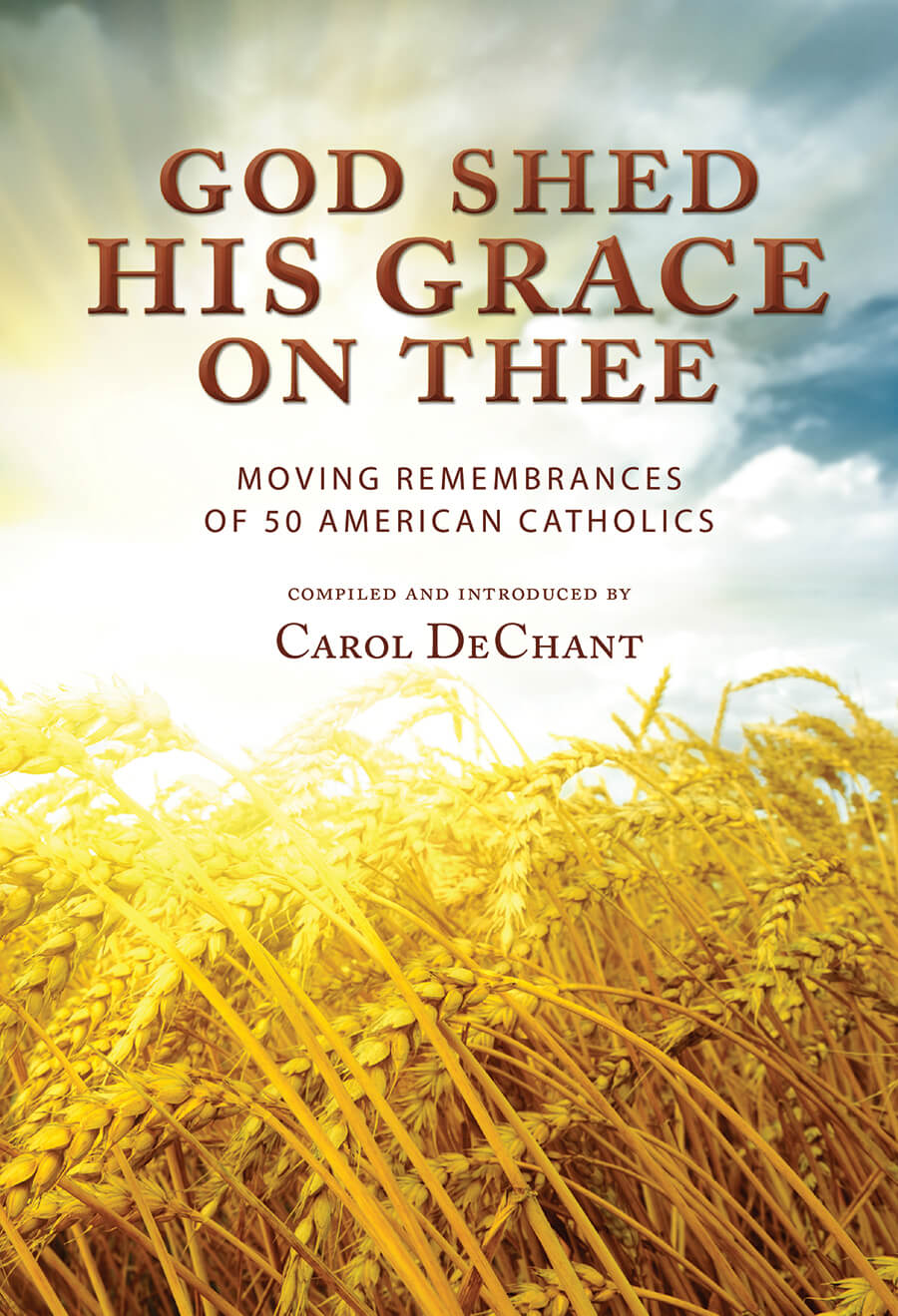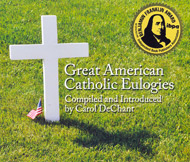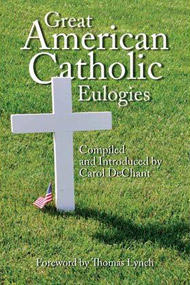Elegiac poetry exists in every language, but many more Americans read and wrote poetry in earlier times than we do now. During World War I, Alexander Woollcott visited the grave of his New York Times colleague, Joyce Kilmer, who had been killed and buried in France. Woollcott feared the poet Kilmer might have been out of place in his famed “Fighting 69th” Regiment. But that was not the case, as Woollcott wrote his editor in 1918:
They all knew his verse. I never got over my surprise at finding that all soldiers read verse and most of them write it. Most of them carry a little notebook in which they set down their own couplets….I found any number of men who had only to fish about in their tattered blouses to bring out the copy of a poem Kilmer wrote in memory of some of their number who were killed by a shell in March [in the Rouge Bouquet forest].
After the newspaper announced Kilmer’s death, the paper was flooded with poetic eulogies written by readers. Eight of them appeared in the Times Sunday Magazine.
The day has long passed when newspapers big and small routinely publish verse written by readers, but people still write poetic eulogies. Perhaps composing a poem helps make sense of sorrow and honors the deceased when ordinary language seems inadequate.
American Poet Laureate Robert Frost saw poetry as the appropriate form for grief. People nursing a grievance resort to prose or politics, he said, but a poem “begins with a lump in the throat, a sense of wrong, a homesickness, a loneliness….” and ends “in a clarification of life — not necessarily a great clarification, such as sects and cults are founded on, but a momentary stay against confusion.”
Several of the prose eulogies in this collection also end with a poem, as if the eulogist needed help to finish pondering a loved one’s life, and decided, appropriately, to let the poet have the last word. — from Carol DeChant’s Introduction to Great American Catholic Eulogies
Sources: “At Joyce Kilmer’s Grave in France; Comrade of New York Times Staff Describes Visit to Poet-Soldier’s Last Resting Place,” The New York Times, August 25, 1918;
Frost, Robert “Introduction to King Jasper,” and “The Figure a Poem Makes”.





